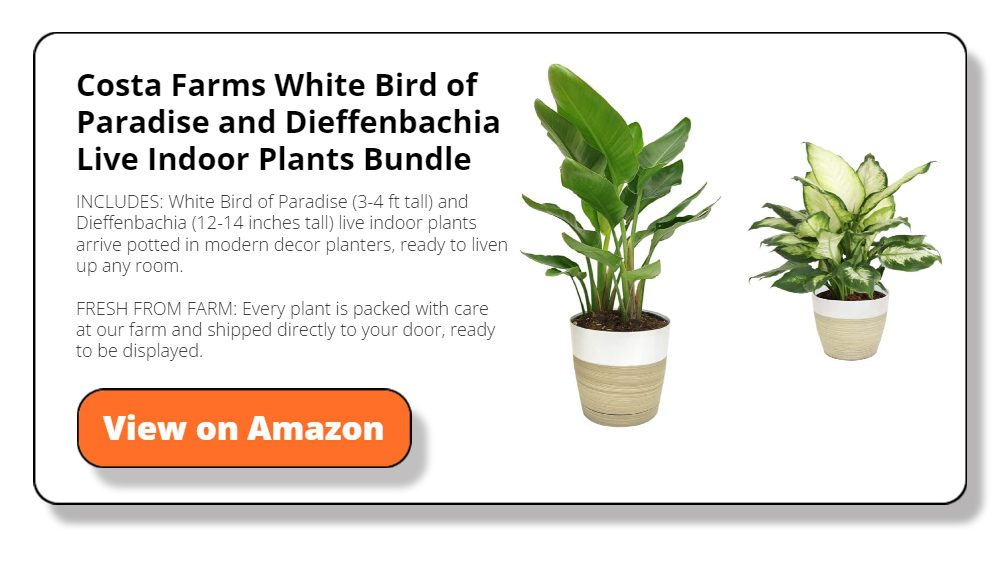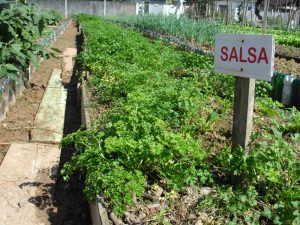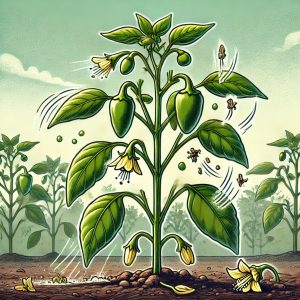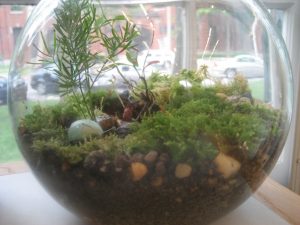Last Updated on January 3, 2024 by teamobn
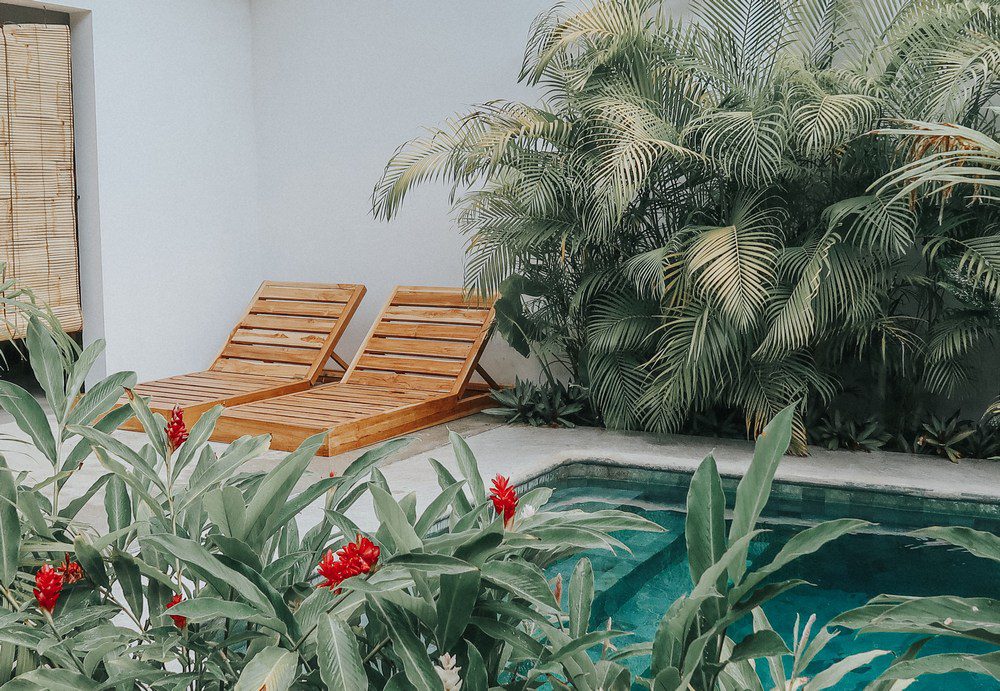
Imagine having your area transformed into an enthralling haven — a tropical getaway that whisks you away to a world of lush vegetation, colourful flowers, and the calming sounds of the natural world. Seems fantastic, isn’t it?
But, starting this project involves considerable planning, which includes deciding on the best strategy and the ideal mix of plants and animals to build your unique tropical retreat.
Understanding Tropical Garden Design
Contents
In this article, discover how to transform your outdoor space into a tropical paradise. Unearth the essential principles of tropical garden design and gain expert advice on selecting the perfect plants and flowers for a truly captivating oasis.
Climate Considerations
- Assess your local climate before digging into plant selection to determine which tropical plants would grow in your area.
- Consider temperature, humidity, and sunlight to produce a tropic-like environment.
Soil Preparation
- Discover the secrets to creating the perfect paradise for tropical plants with optimal soil conditions. Unleash the power of soil amendments and master the art of soil preparation techniques to craft an impeccable nurturing environment for your beloved green companions.
Spatial Planning
- Devise the arrangement of your tropical garden by taking into account the available space, sunlight exposure, and the desired ambience. Integrate pathways, seating zones, and water features to achieve a harmonious and well-balanced design.
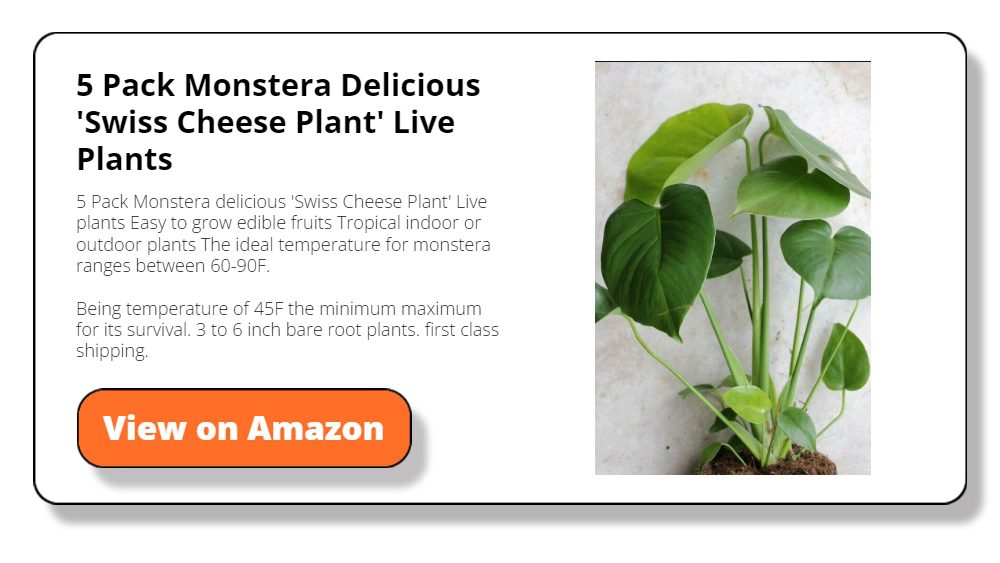
Choosing the Right Plants
Palm Trees
Palms stand as iconic elements in tropical scenery. Discover diverse and visually captivating options such as the Areca Palm, Queen Palm, and Coconut Palm to enhance your garden.
Exotic Foliage Plants
Select plants with large, vibrant leaves to create a lush, tropical feel. Consider options such as Elephant Ears, Banana Plants, and Philodendrons.
Colourful Tropical Flowers
Use a range of bright flowers to provide vivid splashes of colour to your area. The recommended options include hibiscus, bird of paradise, and bougainvillea, which are well-known for flourishing in tropical climes.
Climbing Vines and Creepers
Climbing vines such as Thunbergia, Jasmine, or Passionflower can enhance vertical areas. These plants provide your garden depth and eye-catching detail.
Fragrant Plants
Engage your senses by including fragrant plants like Frangipani, Gardenia, and Jasmine. These aromatic additions contribute to the overall tropical experience.
Creating Layers and Texture
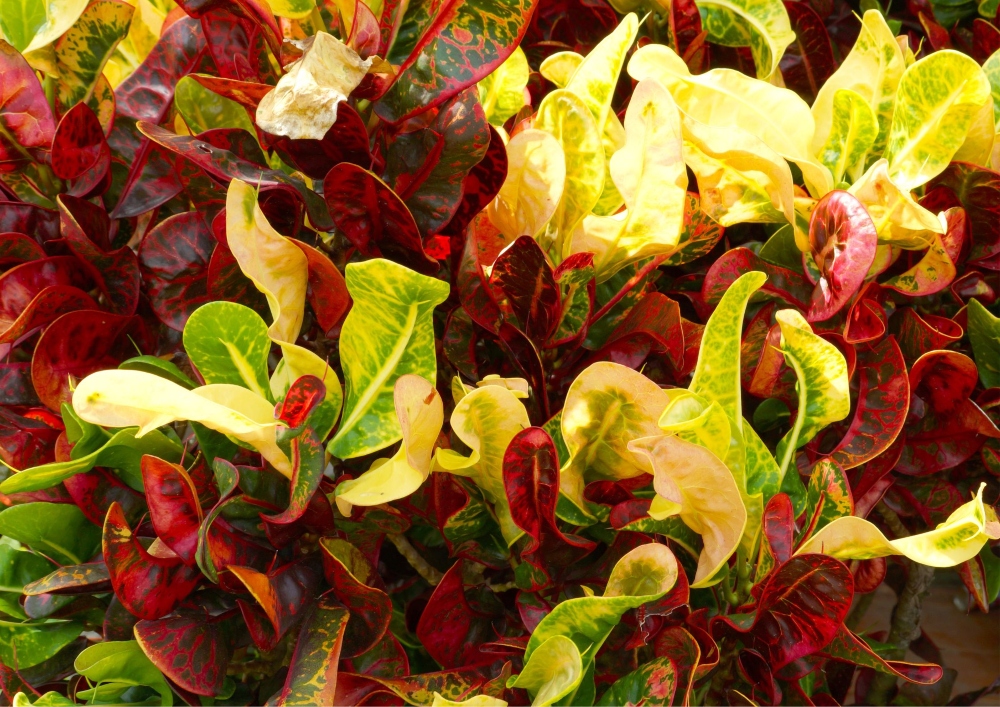
Envision your garden as a canvas, and with the strategic placement of tall trees, mid-sized shrubs, and ground covers, craft an oasis that mirrors the enchanting layers of a tropical forest. This intentional approach introduces dimension and visual intrigue, bringing forth the essence of tropical garden design into your own piece of paradise.
Tall Trees – Guardians of Tropical Majesty
An Ode to Tropical Garden Design
Tall trees, such as the regal Royal Palm or the graceful Bamboo, become the very guardians of tropical majesty in your garden. Embrace the core tenets of tropical garden design by positioning these towering sentinels strategically, creating a natural canopy that encapsulates the spirit of a tropical oasis.
Strategic Grandeur
Placing these arboreal giants at the forefront of your design ensures a strategic grandeur that exemplifies the principles of tropical garden design—a harmonious blend of nature’s splendour and thoughtful landscaping.
Mid-Sized Shrubs – Chromatic Palette of Nature
Symphony of Colours
Mid-sized shrubs, like the vibrant Ixora or the lively Croton, contribute to the symphony of colours inherent in tropical garden design. Arrange these vibrant hues in intentional groupings, allowing the chromatic palette to unfold and dance across your garden.
Tropical Garden Design in Bloom
Grouping these shrubs artfully reveals the essence of tropical garden design, where colours intermingle in a choreographed display, turning your garden into a living canvas inspired by the lively hues of tropical ecosystems.
Ground Covers – Verdant Understory Unveiled
Understory Magic
Ground covers, exemplified by resilient Liriope or the lush Moss, unveil the verdant understory of your garden—a vital element in tropical garden design. These low-growing wonders carpet the ground, seamlessly linking the layers and contributing to the lushness of the forest floor.
Cohesion in Diversity
Planting these ground covers strategically around pathways and beneath taller plants ensures a cohesive transition, enriching your garden with a diverse yet harmonious botanical tapestry—a hallmark of tropical garden design.
By adhering to the principles of layered planting design, your garden transforms into a living testament to the elegance and charm embedded in the ethos of tropical garden design.
Texture With Foliage
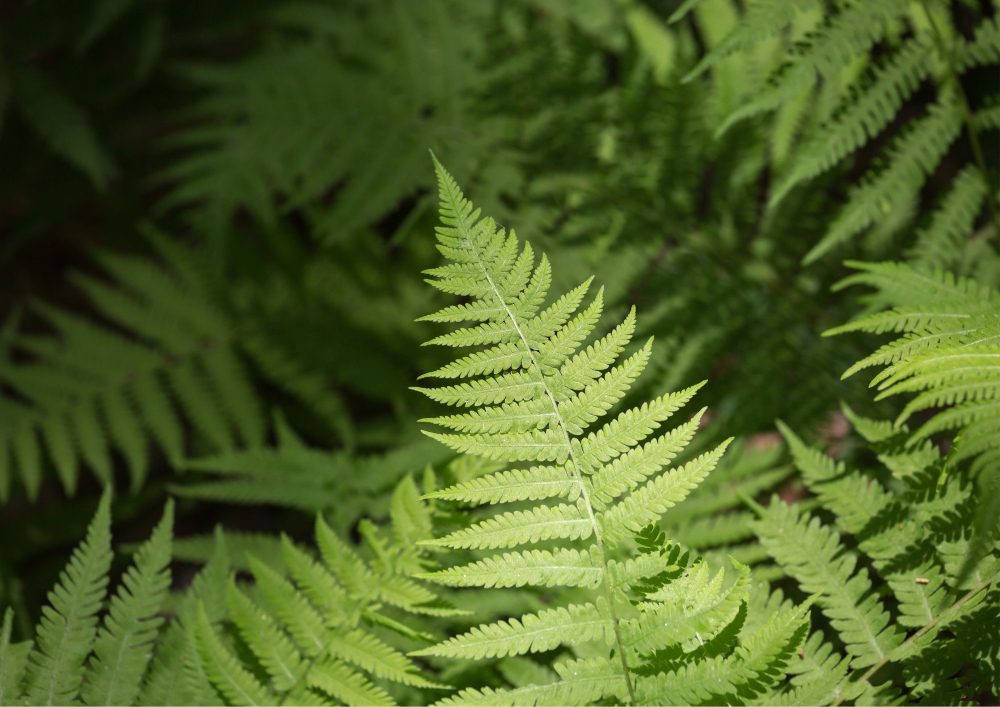
Broad Leaves – A Tapestry of Drama
Dramatic Focal Points
Plants with large, broad leaves, such as the regal Elephant Ears or the lush Banana Plants, unfold a tapestry of drama in the symphony of tropical garden design. These become dramatic focal points, commanding attention and infusing your garden with a sense of opulence.
Strategic Impact
Placing these leafy protagonists strategically within your garden creates visual impact, bringing forth the drama and opulence that define the very spirit of tropical garden design.
Ferns – Whispers of Ethereal Elegance
A Ballet of Grace
Ferns, represented by the delicate Boston Fern or the Bird’s Nest Fern, contribute whispers of ethereal elegance to the symphony of tropical garden design. Their feathery fronds create a sense of graceful motion, adding an otherworldly quality to your outdoor retreat.
Shaded Refuges
Nestling ferns in shaded areas beneath taller trees transform these spots into tranquil refuges, echoing the subtleties of tropical forest nooks—an intimate expression of tropical garden design.
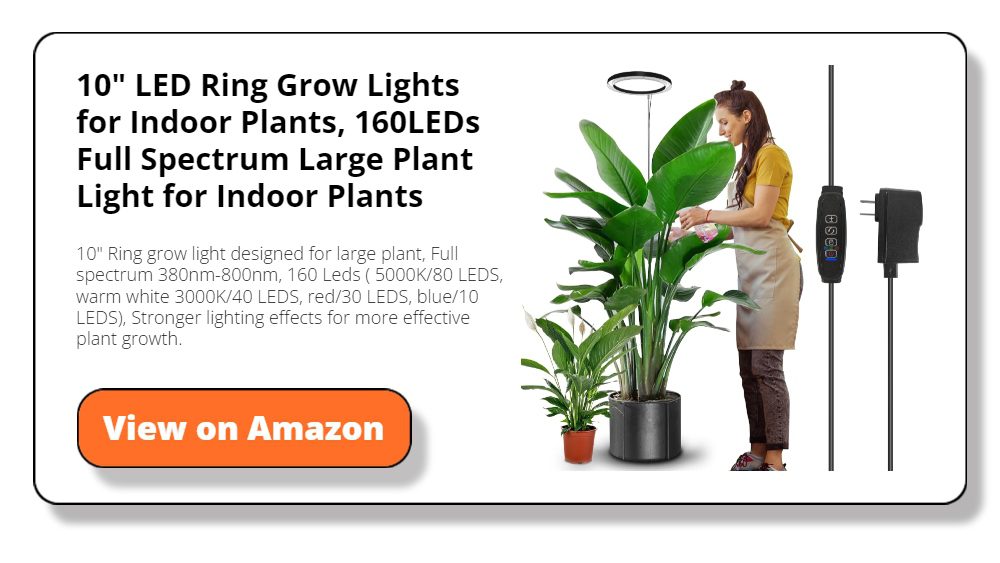
Grasses – A Soft Interlude
Softening the Ensemble
Ornamental grasses like Fountain Grass or Miscanthus introduce a soft interlude to the tropical garden design symphony. Their fine blades provide a delicate counterpoint to the boldness of broad leaves.
Graceful Edges
Using grasses thoughtfully along pathways or as border plants defines spaces with their gentle sway, contributing to the overall grace and elegance of your tropical garden—a choreography of foliage that epitomizes tropical garden design.
Within the lush tapestry of foliage, the concept of tropical garden design isn’t just a phrase; it’s an unfolding story where textures and shapes converge to create a living masterpiece.
When you build your garden, let the foundations of tropical garden design be your guide. They will become a reoccurring theme that seeps into every leaf, every layer, and every nook and corner of your outdoor sanctuary. Your garden transforms into a vivid illustration of the intricacy and allure of tropical ecosystems, inviting you to discover the enchantment of your personal haven.
Watering and Irrigation
Consistent moisture is typically necessary for tropical vegetation. To maintain ideal soil moisture levels, follow a correct watering plan and think about adding an irrigation system.
Fertilization
Feed your tropical garden with a balanced fertilizer to ensure plants receive essential nutrients. Regular feeding promotes healthy growth and vibrant blooms.
Pruning and Shaping
Upkeep by pruning and shaping plants regularly. This not only enhances the overall aesthetics but also promotes better air circulation.
Pest and Disease Management
Monitor your garden for pests and diseases, as tropical plants can be susceptible. Implement organic pest control methods and address issues quickly to have a thriving garden.
Incorporating Hardscape Elements
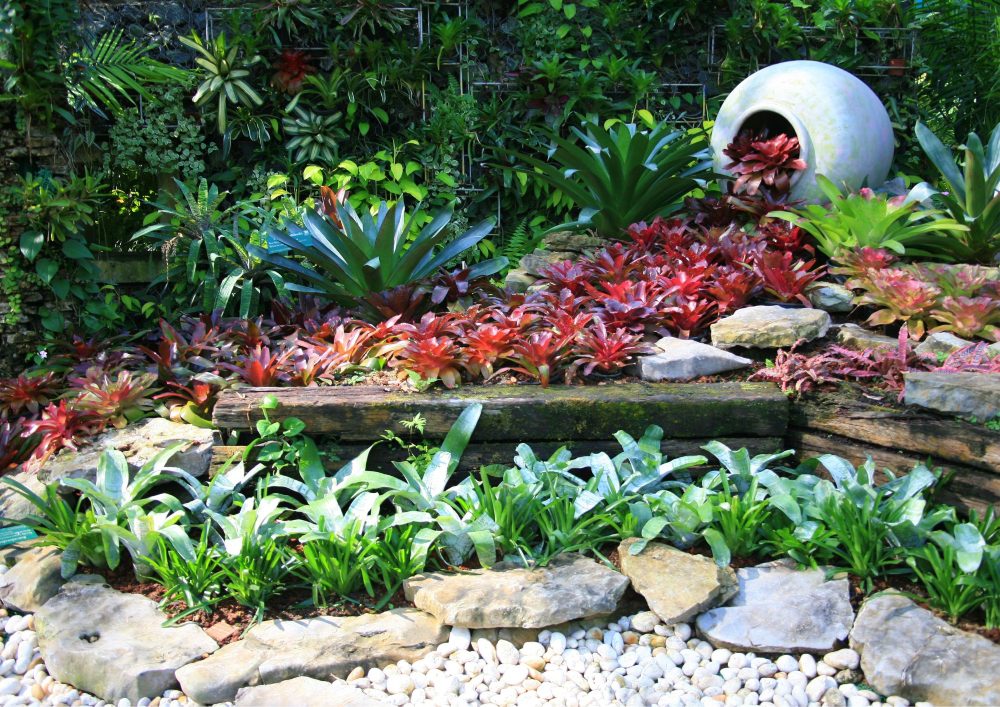
Functionality Meets Aesthetics – A Tropical Garden Design Essential
- Aesthetic Integration: The organic vibe of a tropical garden design is harmoniously complemented by natural stone paths. The surrounding vegetation and the earthy tones and textures of the stones combine to create a visual tapestry that perfectly captures the essence of tropical environments.
- Functional Elegance: Beyond aesthetics, these pathways offer functional elegance, guiding visitors through the garden while preserving the natural flow of the landscape—a cornerstone of tropical garden design principles.
Organic Connection – A Pathway to Nature
- Tactile Experience: The utilization of natural stone gives guests a tactile experience that makes them feel as though they are a part of the ground. People are encouraged to completely immerse themselves in the beauty of the outdoors thanks to this sensory connection, which improves the whole tropical garden design experience.
- Seamless Integration: As though nature itself had prepared the way, the organic flow of the natural stone paths blends in well with the tropical surroundings. A characteristic of tropical garden design, this deliberate design decision creates a sense of oneness between the hardscape and the vivid vegetation.
Visual Appeal – Aesthetic Harmony
- Aesthetic Harmony: Natural stone pathways contribute to the visual harmony of a tropical garden design. Whether meandering through vibrant flower beds or leading to secluded corners, these pathways become visual cues that enhance the overall appeal of the garden.
- Tropical Elegance: Natural materials are used to create a touch of tropical elegance, which elevates the paths from being merely practical pieces to essential parts of the garden’s design story. Every stride turns into an intentional journey into the centre of a tropical haven.
Water Features: Ephemeral Elegance in Tropical Garden Design
Water elements are the melodies that make up the symphony of tropical garden design, adding to the whole experience. Adding water elements is vital to creating a peaceful tropical ambience, whether it’s the musical cascade of a small waterfall, the soft drip of a fountain, or the tranquillity of a pond.
Tranquil Atmosphere – A Defining Element of Tropical Garden Design
- A Tropical Oasis: Create a serene and calming tropical oasis by strategically incorporating water elements. By placing them in the right spots, you can enhance the peaceful ambience and provide a soothing escape from the everyday stresses of life. The gentle sounds of flowing water will beckon visitors to immerse themselves in the tranquillity of nature.
- Tropical Serenity: The garden’s sense of tropical serenity is enhanced by water features that replicate the natural water elements seen in tropical surroundings. This intentional addition fits in perfectly with the idea of tropical landscape design as a whole.
Visual Delight – A Feast for the Senses
- Aesthetic Pleasure: The addition of fountains, ponds, or little waterfalls improves the garden’s aesthetic appeal. The way that light and water interact gives a dynamic character, highlighting important focal points and generating visual appeal.
- Tropical Ambiance: The garden becomes a sensory extravaganza as a result of the water features’ visual appeal, which adds to the overall tropical atmosphere. These components capture the spirit of exotic environments and are essential to the storytelling element of tropical garden design.
Tropical Experience – Ephemeral Beauty:
- Ephemeral Beauty: The garden is enhanced by the addition of water features. The dynamic and captivating spectacle created by the ever-changing movement of water, reflections, and sunshine dancing enhances the tropical experience.
- Integrated Harmony: When strategically placed within the tropical garden design, water features achieve integrated harmony. They become more than standalone elements; they are choreographed contributors to the larger narrative, harmonizing with the lush greenery and natural stone pathways.
In the grand canvas of tropical garden design, natural stone pathways and water features emerge as brushstrokes that define the beauty and elegance of the outdoor space. As you weave these elements into your garden, remember that each stone and every droplet of water is a deliberate choice—a testament to your journey into the heart of tropical design excellence.
Designate comfortable seating areas surrounded by tropical greenery. This allows you to enjoy the beauty of your garden while creating a cozy retreat.
The Wrap Up
The appeal of faraway paradises can be brought to your home with the gratifying endeavour of creating a tropical garden. You may turn your outside space into a gorgeous tropical refuge by carefully choosing the proper plants, keeping in mind the key components of tropical garden design, and giving your garden regular upkeep.
Follow the instructions and tips in this guide, and you;ll be enjoying the pleasures of your own little piece of paradise in no time.
Frequently Asked Questions
1. Can you create a tropical garden in a non-tropical climate?
Yes, it’s possible to create a tropical-inspired garden in a non-tropical climate by carefully selecting plants that can thrive in your region. Choose cold-hardy tropical plants, use containers for flexibility, and provide shelter or microclimates to protect sensitive plants during colder seasons.
2. What are the key elements of tropical garden design?
Key elements include natural stone pathways, water features, and a variety of plant layers. These components add dimension, visual interest, and authenticity to a tropical garden. Natural stone pathways provide functionality and aesthetic appeal, while water features create a tranquil atmosphere.
3. How can you incorporate water features into your tropical garden design?
You can add water features like fountains, ponds, or small waterfalls strategically throughout your garden. These elements not only contribute to the overall tropical experience but also create a soothing ambience. Consider integrating them near seating areas or as focal points within the landscape.

